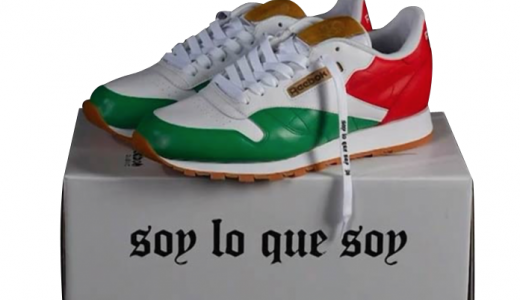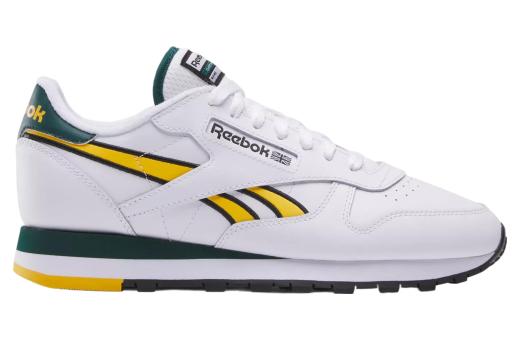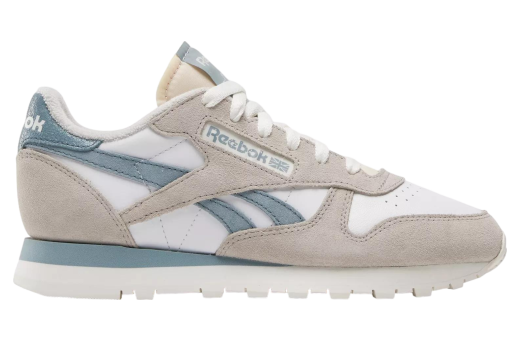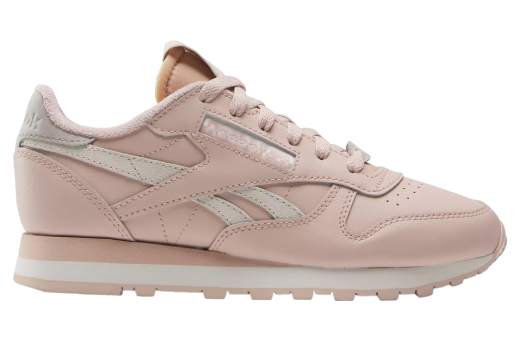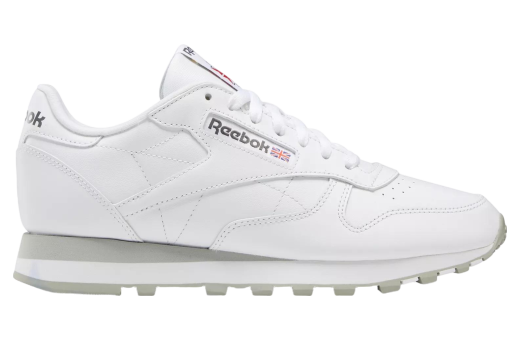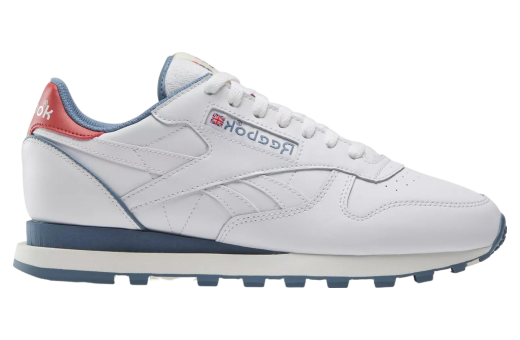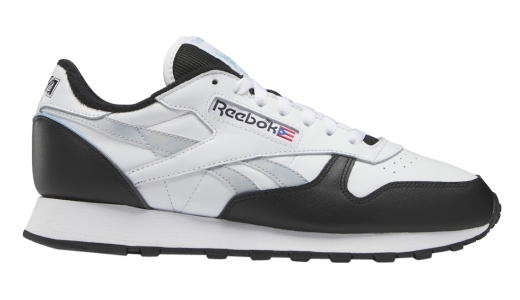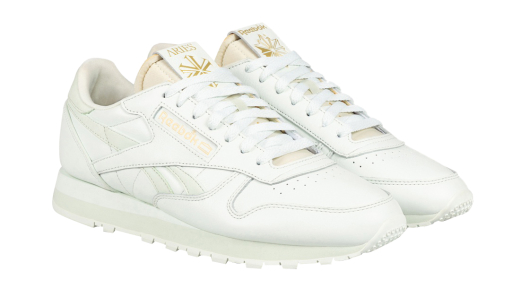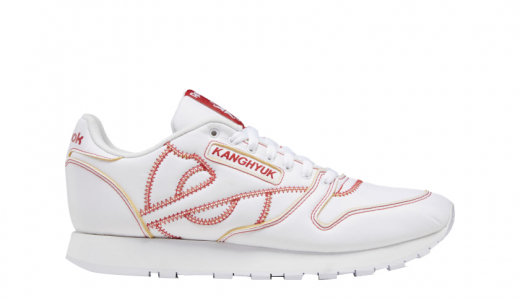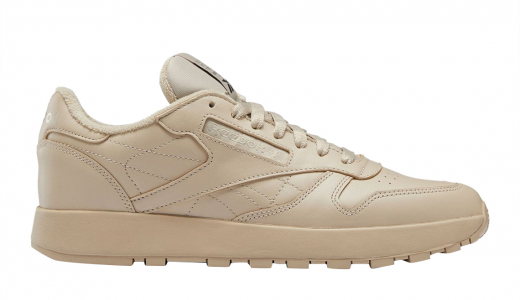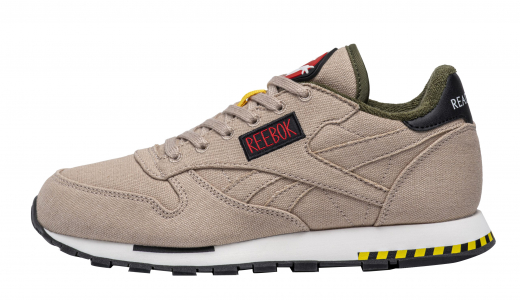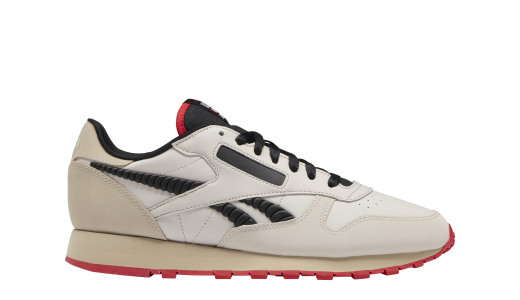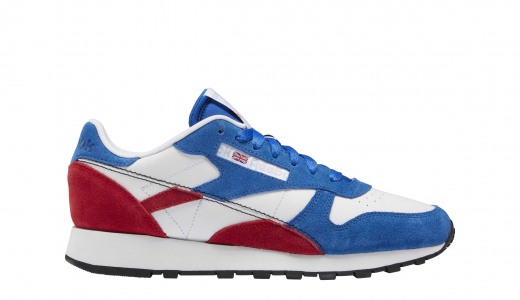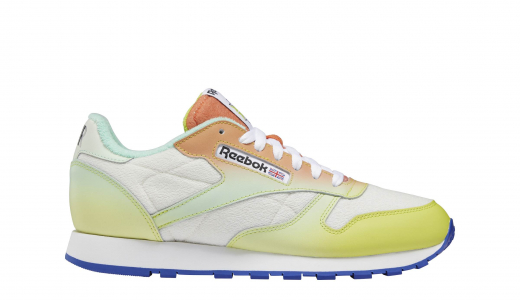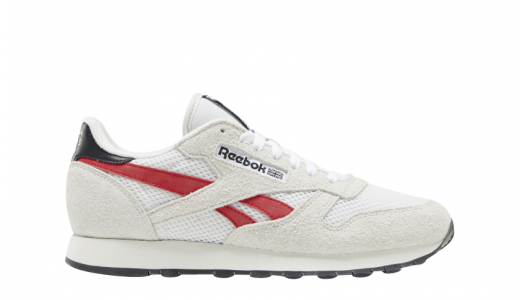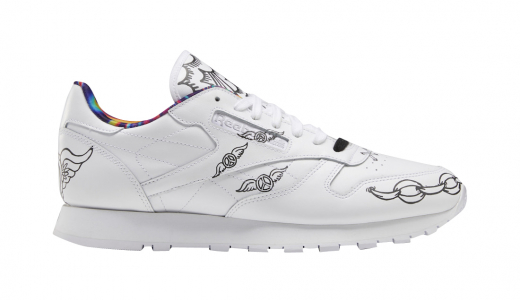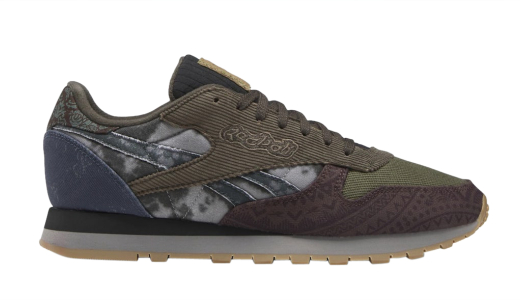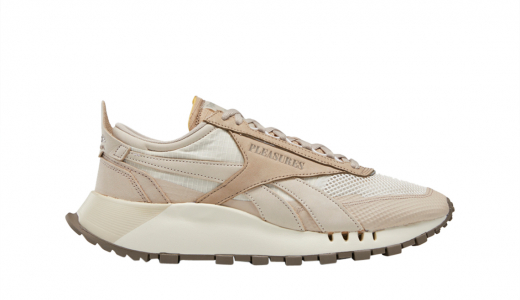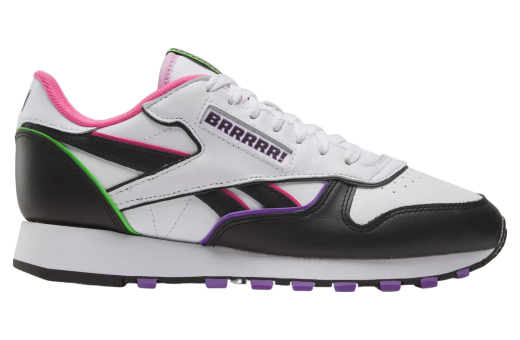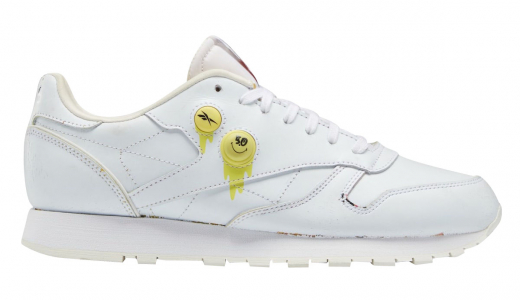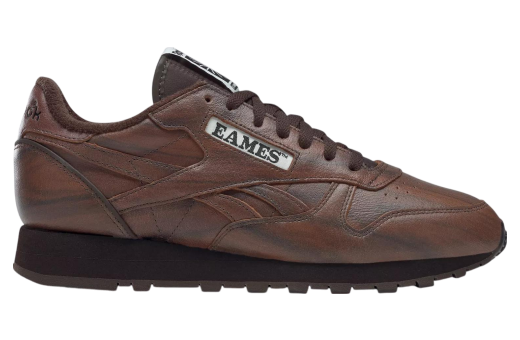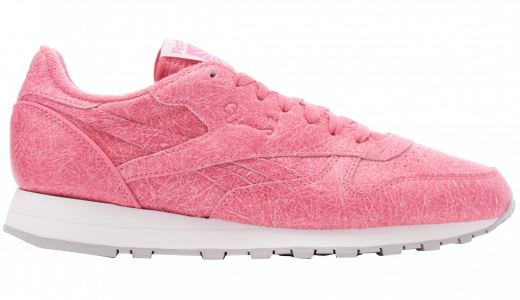Reebok Classic Leather
The Reebok Classic Leather is an iconic sneaker that first made its debut in 1983 and has since cemented its place in the annals of sneaker history. Originally designed as a running shoe, it quickly transcended its athletic roots to become a symbol of casual elegance and street style. The shoe features a clean, minimalist design, with a soft leather upper that provides excellent comfort and durability. The cushioned EVA midsole offers enhanced support, making it not just a fashionable choice but also a practical one for everyday wear. Its versatility means it pairs well with a variety of outfits, making it a go-to option for both fashion enthusiasts and casual wearers alike.
One of the standout features of the Reebok Classic Leather is its timeless appeal. While trends in footwear come and go, the Classic Leather has remained a consistent favorite among sneaker aficionados. The shoe has seen numerous iterations and collaborations over the years, incorporating different materials, colorways, and design elements, yet it always retains its distinctive silhouette. This ability to adapt while maintaining its core identity is a testament to its enduring design. Whether you're a fan of retro aesthetics or someone looking for a reliable, stylish sneaker, the Reebok Classic Leather offers a blend of heritage and modernity that few other shoes can match.
History of Reebok Classic Leather
Reebok Classic Leather: A Stylish Legacy
The Reebok Classic Leather sneaker holds a venerable place in the annals of athletic and casual footwear. Launched in 1983, it quickly distinguished itself with a fusion of performance-oriented design and timeless aesthetic. This narrative explores the enduring legacy of the Reebok Classic Leather over nearly four decades, capturing its inception, evolution, cultural impact, and continued relevance in the sneaker world.
The Genesis of Reebok Classic Leather (Pre-1980s Background)
Before diving into the specifics of the Classic Leather, it's crucial to understand the foundation and growth of Reebok itself. The company traces its roots to the 1890s when Joseph William Foster founded J.W. Foster and Sons in Bolton, England. Foster devised some of the earliest spiked running shoes, catering to elite athletes. His innovation was followed by the establishment of Reebok in 1958 by his grandsons, Joe and Jeff Foster. The name "Reebok" was inspired by the Afrikaans word for a type of gazelle, symbolizing speed and grace.
Reebok's initial focus was primarily on performance forms of running shoes, capitalizing on the jogging craze that took the world by storm in the late 1970s and early 1980s.
The Birth of a Classic (1983)
Amidst this backdrop, Reebok unveiled the Classic Leather in 1983. Originally designed as a premium running shoe for discerning athletes, it embodied a paradigm shift in sneaker design. Unlike other running shoes of the era, which were predominantly constructed from nylon or mesh for lightweight performance, the Classic Leather took a different approach. It utilized high-quality garment leather, which provided superior comfort, durability, and an unmistakable luxurious feel.
The design team, led by Paul Fireman who was instrumental in bringing Reebok to the United States, focused on combining performance technology with a fashionable appeal. This allowed the Classic Leather to transcend its athletic origins and become a lifestyle staple.
The Design and Technology
The Reebok Classic Leather's architecture was a marvel in its time, and even today, its attributes continue to resonate with sneaker aficionados. Its upper was made from soft garment leather that provided a glove-like fit, overlaid with simple but effective stitching that reinforced the sneaker's structure.
Inside, Reebok incorporated a padded foam sock liner and EVA (Ethylene Vinyl Acetate) midsole, technologies that were relatively advanced for the early 1980s. The EVA midsole was particularly noteworthy because it offered excellent cushioning while keeping the shoe lightweight.
Moreover, the tread pattern of the rubber outsole provided robust traction. This was essential for the sneaker's intended running use but also made it versatile enough for everyday wear.
From Tracks to Streets (1980s - 90s)
While the Classic Leather began its journey on the running tracks, it surprisingly found a second home on city streets in the years that followed. The sneaker began to thrive not just because of its performance attributes but mainly due to its aesthetic versatility and timeless design.
During the 1980s, streetwear culture began to flourish, especially in urban centers across the United States, and sneakers played an integral role in this emerging fashion movement. The Classic Leather, with its clean lines and understated elegance, easily adapted to this environment. It could be paired effortlessly with jeans, shorts, and even more formal attire.
This versatility was not only recognized by fashion-conscious individuals but also by musicians, artists, and athletes who were pivotal in creating sneaker culture. The Classic Leather was embraced by various segments, from hip-hop artists to fitness enthusiasts, further cementing its place in popular culture.
The Hip-Hop Connection
One of the most significant cultural influences on the Classic Leather's status was its embrace by the hip-hop community. Sneaker culture and hip-hop have always been intertwined, and Reebok managed to infiltrate that nexus impressively. Artists and fans alike gravitated towards the Classic Leather because of its stylish yet minimalist design and its ability to complement the bold, expressive fashion associated with the genre.
Icons such as Jay-Z helped propel the sneaker into the spotlight, especially as Reebok began forming partnerships and releasing collaborative editions.
International Appeal
By the 1990s, the Classic Leather had transcended American borders and garnered a global fanbase. Its ability to blend with various fashion sensibilities made it universally appealing. In Europe and Asia, the sneaker enjoyed similar levels of popularity, often associated with burgeoning streetwear scenes and a growing appreciation for athletic-inspired fashion.
The Turn of the Millennium (2000s)
The early 2000s saw a revival of retro and classic sneakers, as new generations began to appreciate the timeless designs of the past. This period marked several re-releases of the Classic Leather, often with slight variations or in collaboration with artists, designers, and fashion brands.
These collaborations were crucial in maintaining the sneaker's relevance. For example:
1. **Limited Edition Releases**: Reebok occasionally partnered with retailers like Foot Locker and Finish Line to release limited-edition versions of the Classic Leather, often incorporating new materials, colorways, or design elements inspired by contemporary fashion trends. 2. **Celebrity Collaborations**: These included partnerships with prominent figures in music and fashion. The visibility these celebrities provided helped catapult the Classic Leather back into the mainstream.
Sustainability and Modern Innovations (2010s - Present)
As the global fashion industry began to prioritize sustainability, Reebok also took steps to ensure its iconic sneakers aligned with these values. In the 2010s, Reebok launched initiatives to create more environmentally friendly versions of their classics, including the Classic Leather.
In 2020, the brand introduced the "Forever Floatride GROW," an update to the Classic Leather that was made from plant-based materials. This iteration demonstrated Reebok's commitment to innovation and sustainability while respecting the original aesthetic that made the sneaker iconic.
The Endless Legacy
Today, the Reebok Classic Leather remains a staple in both athletic and casual wear. Its appeal lies in its ability to blend seamlessly into various facets of modern fashion while retaining the core features that made it a groundbreaking design nearly four decades ago.
Retailers worldwide continue to stock the sneaker, often alongside new interpretations and collaborations that keep the line fresh and relevant. It stands as a testament to both Reebok's rich history and its ability to adapt to the evolving landscape of sneaker culture.
Community and Collectors
Beyond its commercial success, the Classic Leather has fostered a sense of community among sneaker collectors and enthusiasts. Online forums and social media groups dedicated to Reebok and its classic lines offer a space for fans to share their collections, discuss new releases, and trade knowledge about the brand’s history.
Special events, both physical and virtual, often celebrate the legacy of Reebok classics, drawing together fans from around the world. These events typically showcase limited edition releases, panel discussions with designers and influencers, and even custom sneaker workshops.
Conclusion
The Reebok Classic Leather is much more than a shoe; it's a cultural icon that has made an indelible mark on the worlds of fashion, music, and sports. From its inception as a cutting-edge athletic shoe to its current status as a beloved lifestyle sneaker, the Classic Leather encapsulates Reebok's commitment to quality, style, and innovation.
Through strategic collaborations, thoughtful redesigns, and a commitment to sustainability, Reebok has ensured that the Classic Leather remains relevant. As sneaker culture continues to evolve, the Classic Leather’s timeless appeal and storied history secure its place as a perennial favorite among sneaker enthusiasts.
In an industry driven by change and innovation, the Reebok Classic Leather stands as a nostalgic yet forward-looking symbol of enduring style and functionality. For sneakerheads and casual wearers alike, it remains an emblem of a bygone era that continues to influence the present and shape the future.
